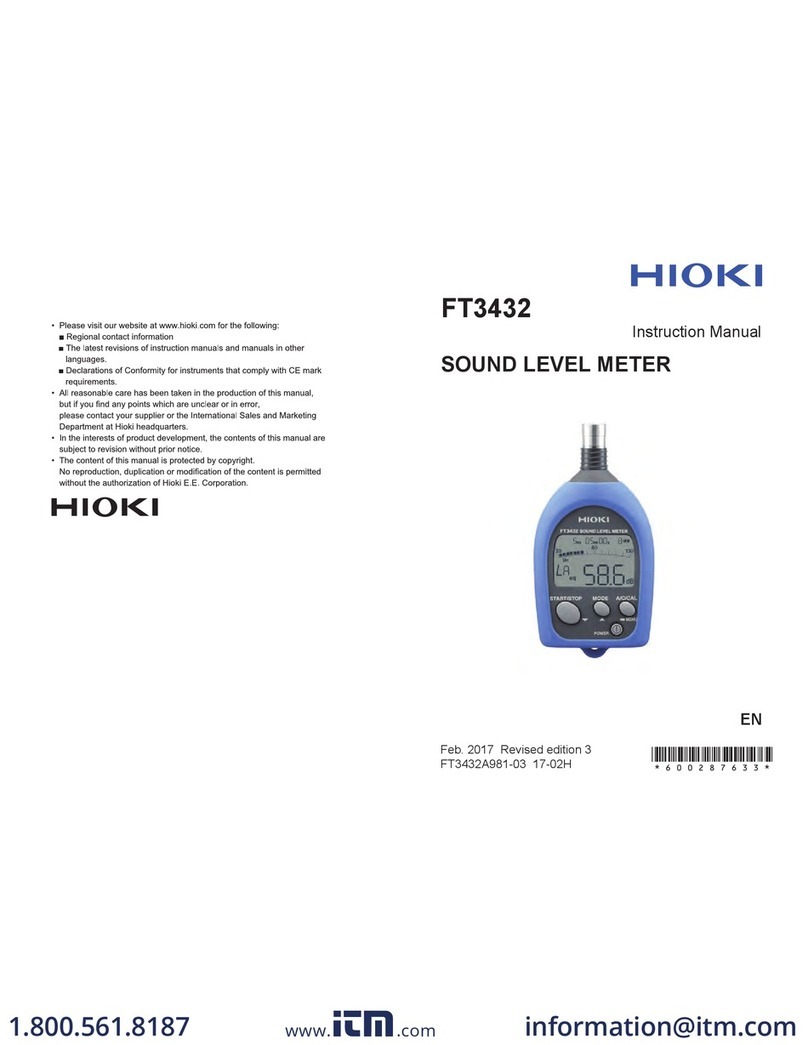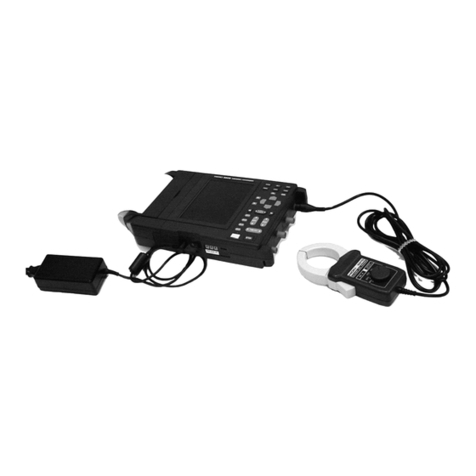Hioki 3270 User manual
Other Hioki Measuring Instrument manuals

Hioki
Hioki 3273-50 User manual
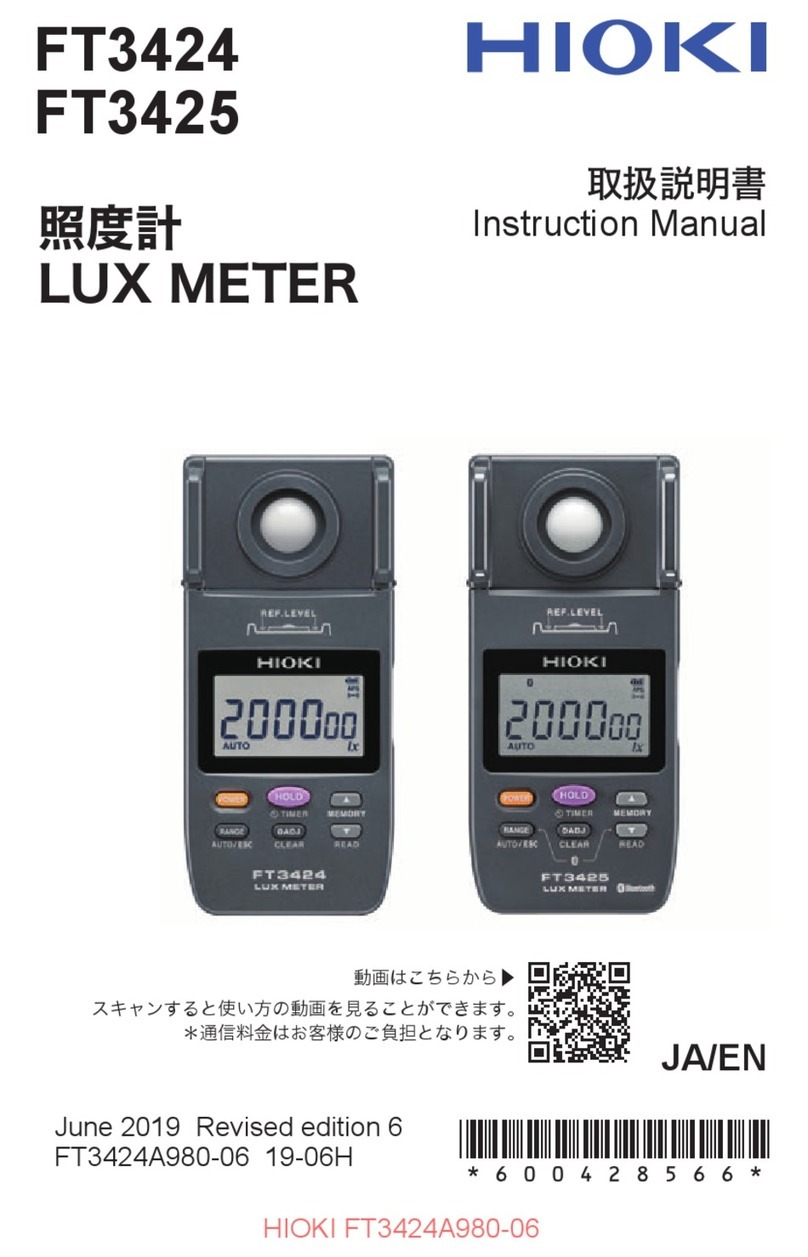
Hioki
Hioki FT3424 User manual
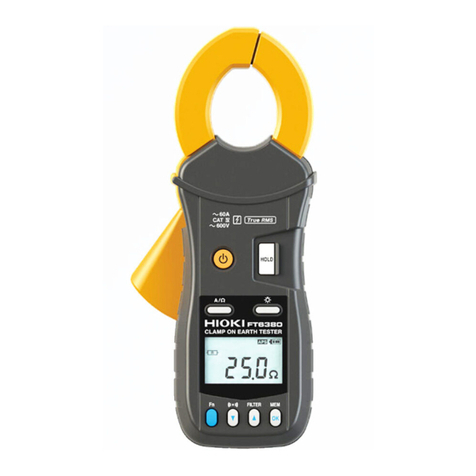
Hioki
Hioki FT6380 User manual

Hioki
Hioki RM3542-50 User manual
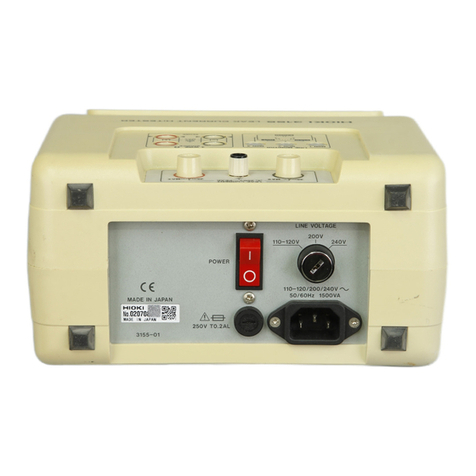
Hioki
Hioki 3155-01 User manual

Hioki
Hioki 3181-01 User manual

Hioki
Hioki 3246-60 User manual
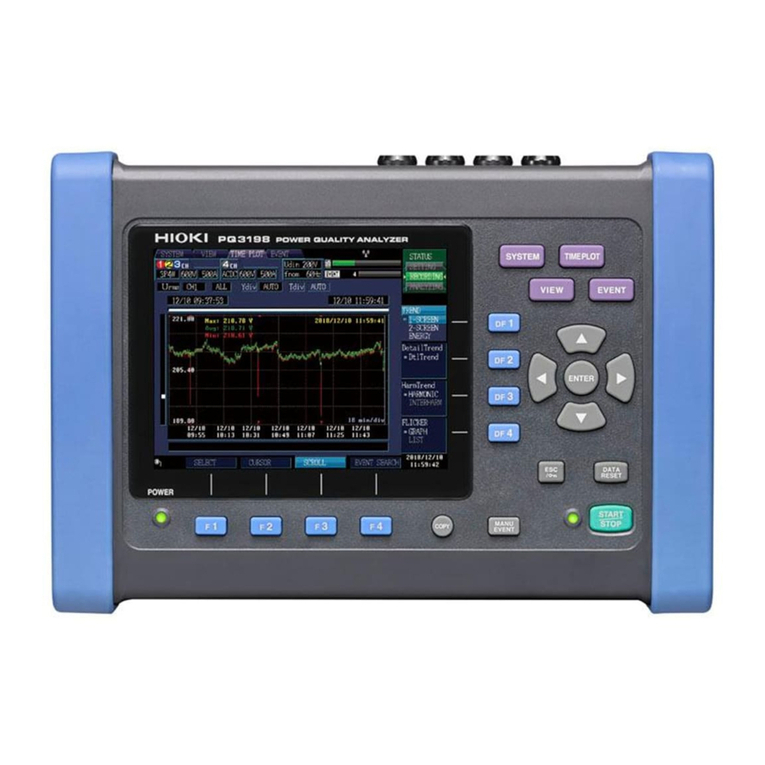
Hioki
Hioki PQ3198 User manual
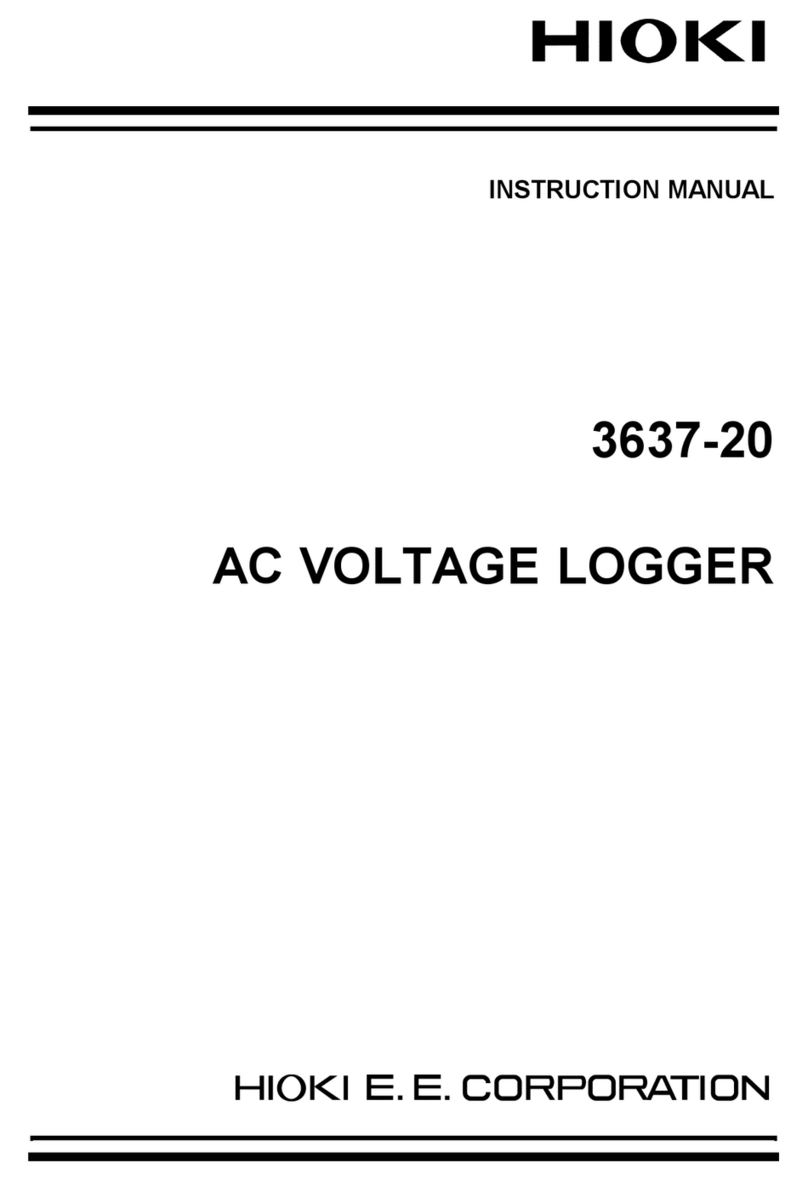
Hioki
Hioki 3637-20 User manual

Hioki
Hioki FT3432-20 User manual
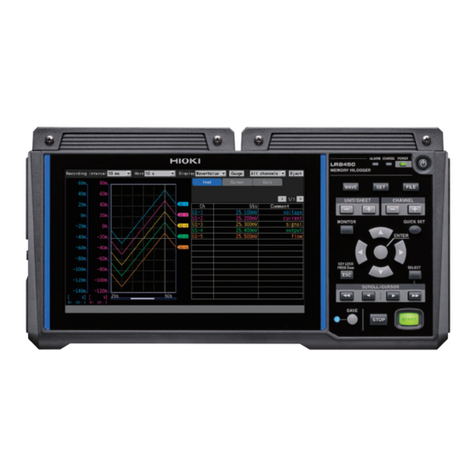
Hioki
Hioki LR8450 User manual
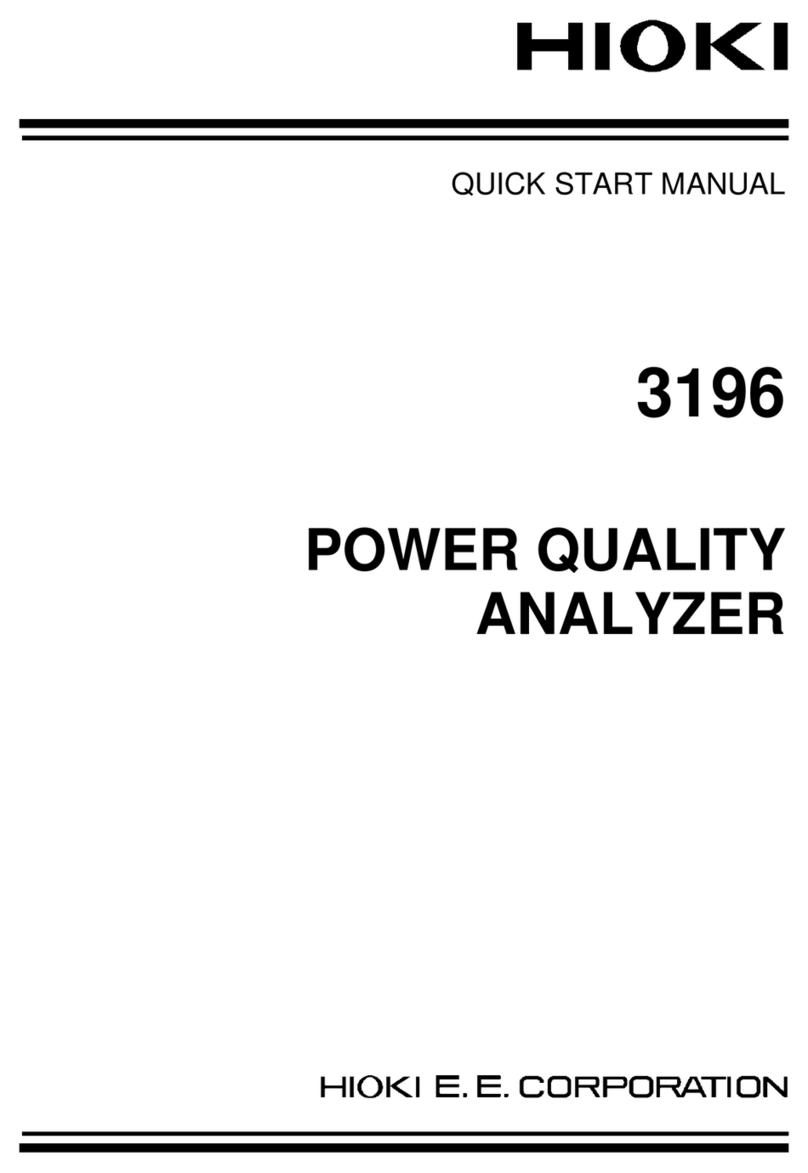
Hioki
Hioki 3196 Instruction manual

Hioki
Hioki 3532-50 User manual

Hioki
Hioki 3284 HiTester User manual

Hioki
Hioki 8715-01 User manual
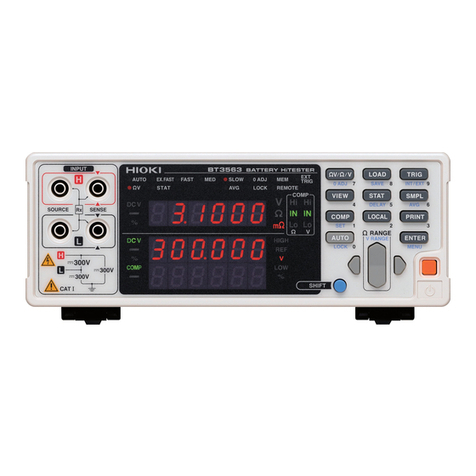
Hioki
Hioki BT3562-01 User manual

Hioki
Hioki PW3335 User manual

Hioki
Hioki 3169-20 User manual
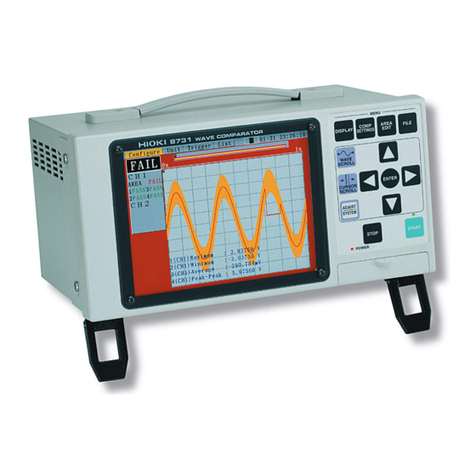
Hioki
Hioki 8730-10 User manual
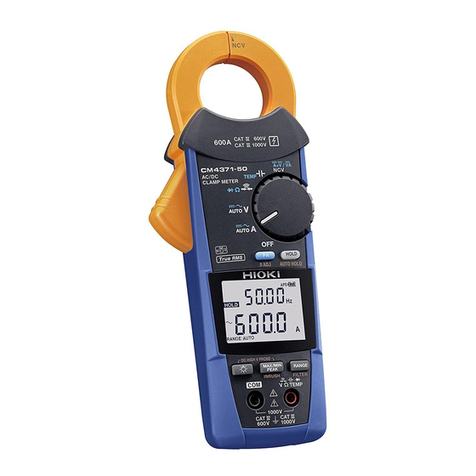
Hioki
Hioki CM4371-50 User manual


